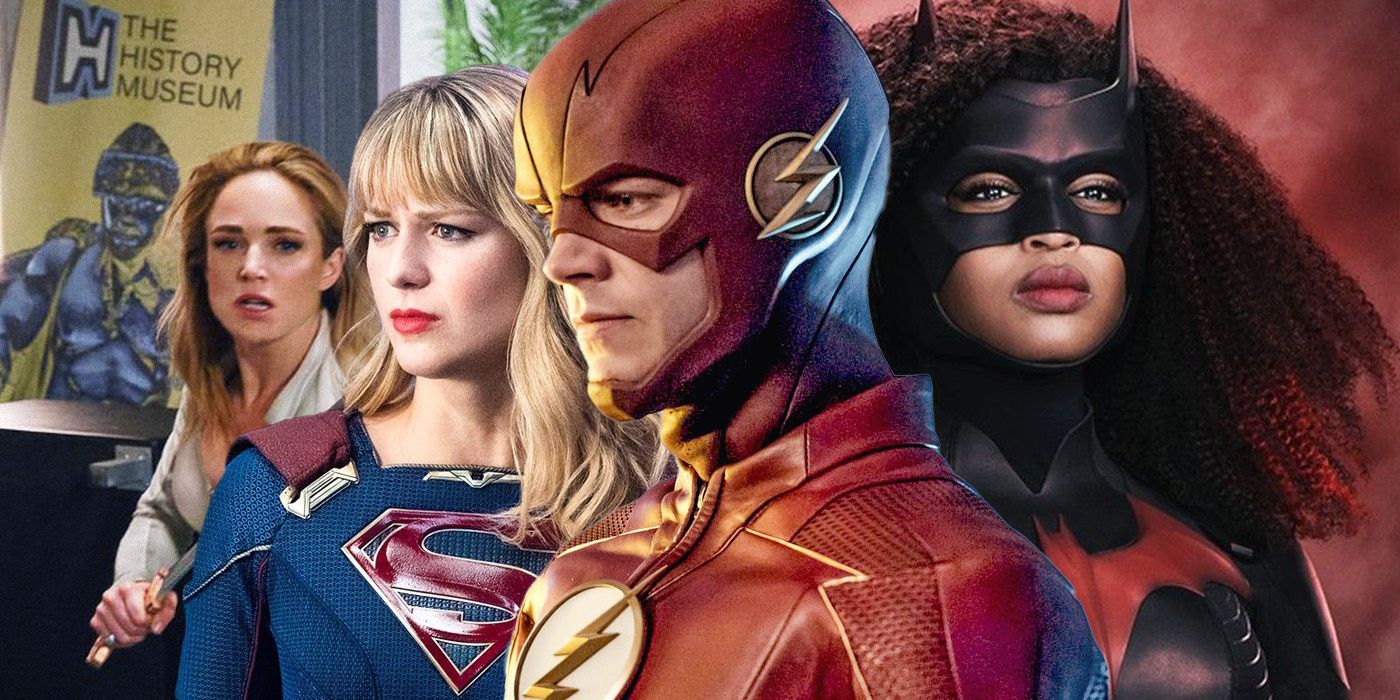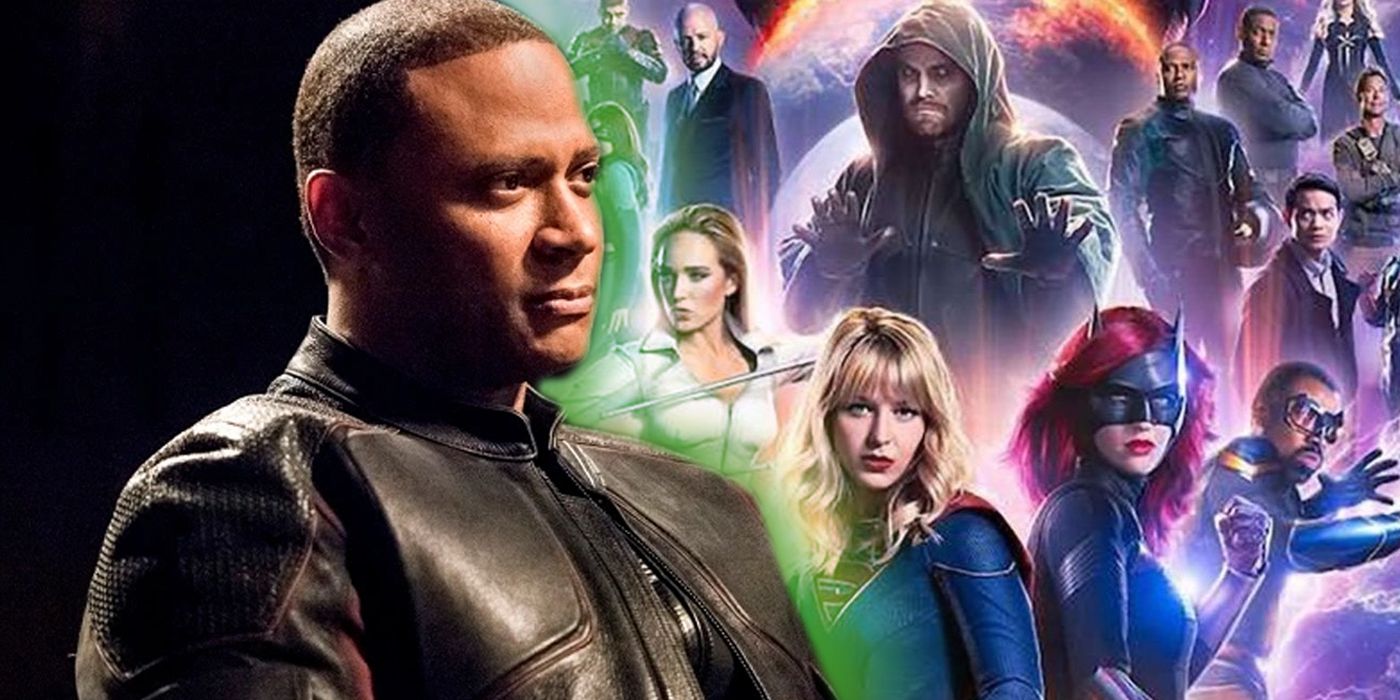
The biggest difference between Arrowverse heroes on The Flash, Supergirl, Batwoman, Legends of Tomorrow, and the heroes of DC superhero movies can be summed up in one word: teamwork. In DC, many heroes struggle to work with others - both inside and outside of the comics, though the films notably struggle more with this, as a result of collaborative films like the Justice League focusing on the inception of the heroes teamwork, when they are most inclined to fight and not mesh. For the heroes of the Arrowverse, the action is complemented by teamwork built on friendships and family. For the DCEU, heroes either go it alone, or somewhat begrudgingly accept help for only the most dangerous of foes.
A prime example of the Arrowverse's more collaborative nature is The Flash, as the hero's team for six seasons has consisted of his family, Iris, Joe, Cecile, Wally, and his fellow scientists Caitlyn, Cisco, and Wells at Star Labs. More than once, his life has been saved by his team, leading him to declare "We are the Flash," gradually accepting he could not wear the suit alone. Supergirl's team grew from her sister, Alex, J'onn, and the agents of the DEO to include Brainy, Nia, and even ordinary citizens of her city. Kate Kane brought together her friends Lucas, Mary, Julia, and Sophie into a team that will survive her disappearance to help the next Batwoman. The Legends have grown from a group of misfits into a close, successful team.
On the big screen, however, DCEU like Batman, Superman, and Wonder Woman have all been featured in films where they essentially save the day singlehandedly, and the desire for them to not appear weak or uncharacteristically friendly means in the limited time they share in films tends to not be as amicable as the long-tested bonds forged in the Arrowverse. Even outside of the DCEU this occurs, as the Dark Knight trilogy shows that for the majority of his vigilante career, Batman relies on Alfred and occasionally Lucius Fox, both of whom he still keeps them at arm’s length. Similarly, Wonder Woman is cut off from her family and has outlived anyone she worked with or grew close to such as Etta Place. One can't help but question the necessity of the recent Wonder Woman 1984 film beginning and ending its story with its heroine friendless, with no one to confide in.

Arrowverse shows rely on the storytelling advantages of their heroes having friends for support. One example is Supergirl leaning on her sister, Alex when dealing with betrayal, heartache, and the path of becoming a hero itself. Supergirl also has numerous super-powered friends who are a regular presence in her life. The Flash needs those around him for guidance, counsel, and backup when defending his city. Batwoman's introduction set up a story explicitly opposite that of her cousin Bruce, one of a vigilante relying on a team from the beginning; similarly, the Legends of Tomorrow has built itself around individuals with little in common learning to trust each other. No one is alone in the Arrowverse, with the lead heroes bonding even more in yearly crossovers.
The biggest advantage the Arrowverse television heroes of The Flash, Supergirl, Batwoman, and Legends of Tomorrow have is the chance to show different sides of the hero as they interact with other people regularly and experience transformative relationships. The heroes have more time to connect with their audience and show their emotional complexity. Most important of all, unlike their movie counterparts, Arrowverse heroes don't have to wait for a crossover to get support from friends, thanks to their teams already being by their sides.
from ScreenRant - Feed https://ift.tt/3inHzTG

0 Comments